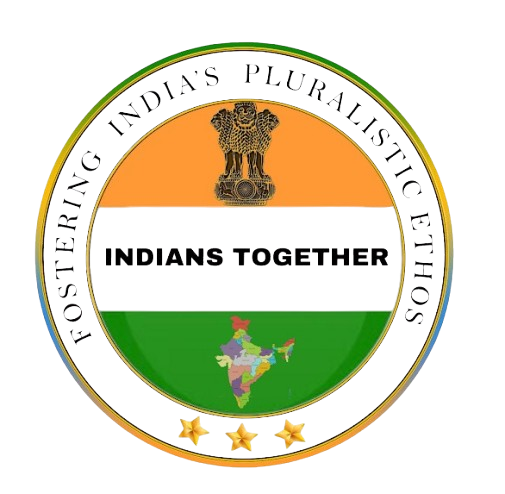indians Together Nurturing Indias's Pluralistic ethos
we are committed to building a cohesive india, where every indian feels secure
INDIANS TOGETHER
Poets of India: Celebrating Literary Excellence
India has a rich tradition of poetry spanning centuries, with poets who have left an indelible mark on the nation’s cultural landscape. From ancient epics to modern verse, Indian poetry reflects the country’s diverse languages, cultures, and experiences.
Languages in India: A Diverse Linguistic Landscape
India is a country renowned for its linguistic diversity, with a rich tapestry of languages spoken across its vast expanse. This diversity is reflective of the country’s cultural, historical, and regional variety.
Official Languages
India has two official languages at the national level:
Hindi: Written in the Devanagari script, Hindi is the most widely spoken language in India.
English: Used extensively in government, business, and education, English serves as a crucial link language.
Scheduled Languages
The Constitution of India recognizes 22 languages under the Eighth Schedule, known as the scheduled languages. These include:
- Assamese
- Bengali
- Gujarati
- Kannada
- Kashmiri
- Malayalam
- Manipuri
- Marathi
- Nepali
- Punjabi
- Sanskrit
- Sindhi
- Tamil
- Telugu
- Konkani
- Bodo
- Santhali
- Maithili
- Urdu
- Odia
India's Courageous Freedom Fighters: Heroes in the Struggle for Independence
Timeline of the Indian Freedom Movement
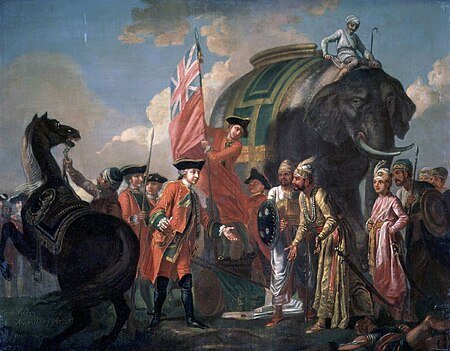
Early Resistance (1757-1857)
1757: Battle of Plassey marks the beginning of British colonial dominance in India.
1857: The First War of Independence, also known as the Sepoy Mutiny, marks the first major rebellion against British rule.

Formation of Indian National Congress (1885)
1885: The Indian National Congress (INC) is founded by A.O. Hume, Dadabhai Naoroji, and others, aiming to create a platform for Indian civil and political dialogue.

Rise of Early Nationalists (1885-1905)
1893-1897: Bal Gangadhar Tilak promotes the concept of Swaraj (self-rule) and uses festivals like Ganesh Chaturthi and Shivaji Jayanti to mobilize masses.

The Partition of Bengal and Swadeshi Movement (1905-1911)
1905: Lord Curzon partitioned Bengal, sparking the Swadeshi Movement and boycotts of British goods.
1906: The Muslim League was founded, initially advocating for the interests of the Muslim community within India.
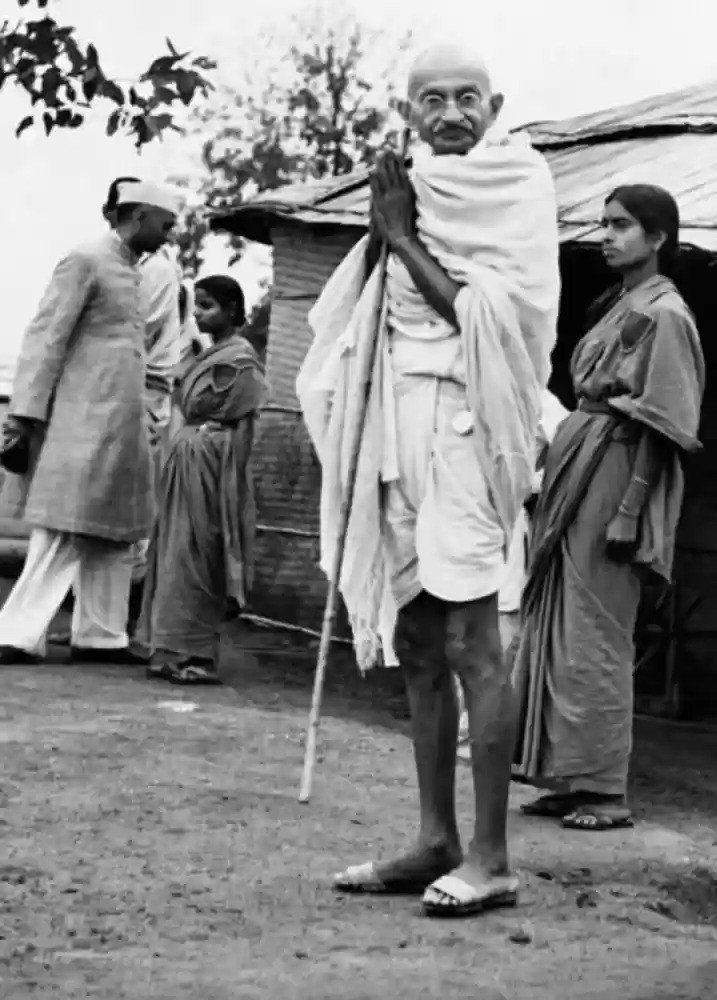
The Gandhian Era (1915-1947)
1915: Mahatma Gandhi returns from South Africa and begins to lead the Indian freedom struggle.
1919: Jallianwala Bagh Massacre, where British troops kill hundreds of unarmed civilians, galvanizes Indian resistance.
1920-1922: Non-Cooperation Movement led by Gandhi encourages Indians to withdraw from British institutions.
1930: Gandhi leads the Salt March (Dandi March) to protest the British salt tax.
1935: Government of India Act grants provincial autonomy to Indian states, a significant but limited step toward self-rule.
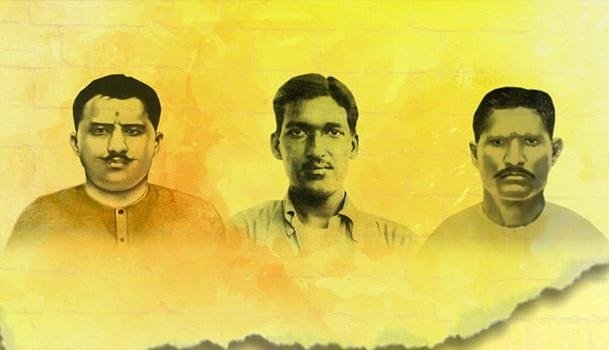
Revolutionary Activities (1925-1931)
1925: Kakori Train Robbery by revolutionaries like Ram Prasad Bismil and Ashfaqulla Khan.
1928: Bhagat Singh and his associates assassinate British officer J.P. Saunders in retaliation for Lala Lajpat Rai's death.
1931: Bhagat Singh, Rajguru, and Sukhdev are executed, becoming martyrs for the freedom cause.
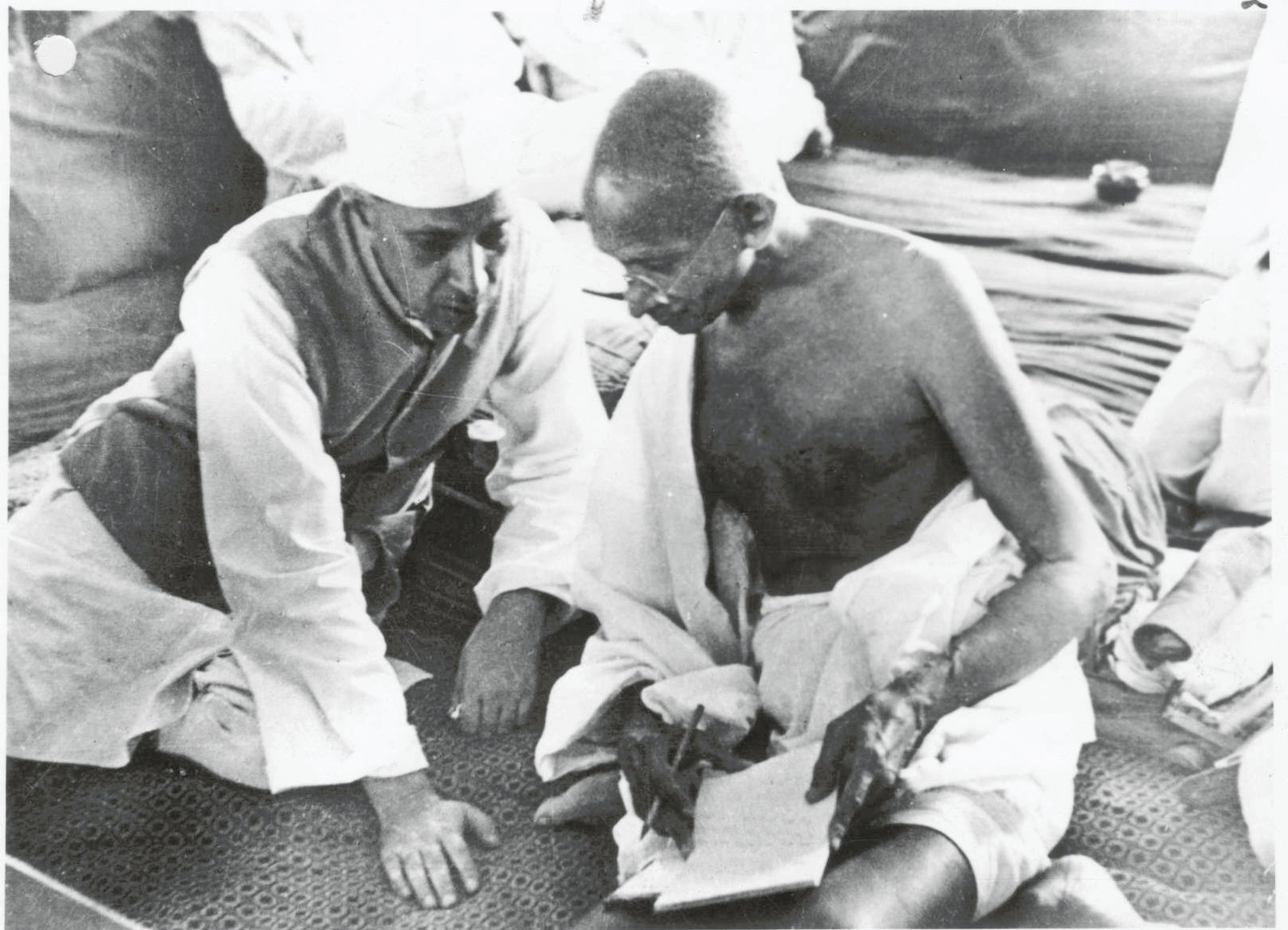
The Quit India Movement (1942)
1942: The Quit India Movement is launched by Gandhi, demanding an immediate end to British rule. The movement is met with severe repression.
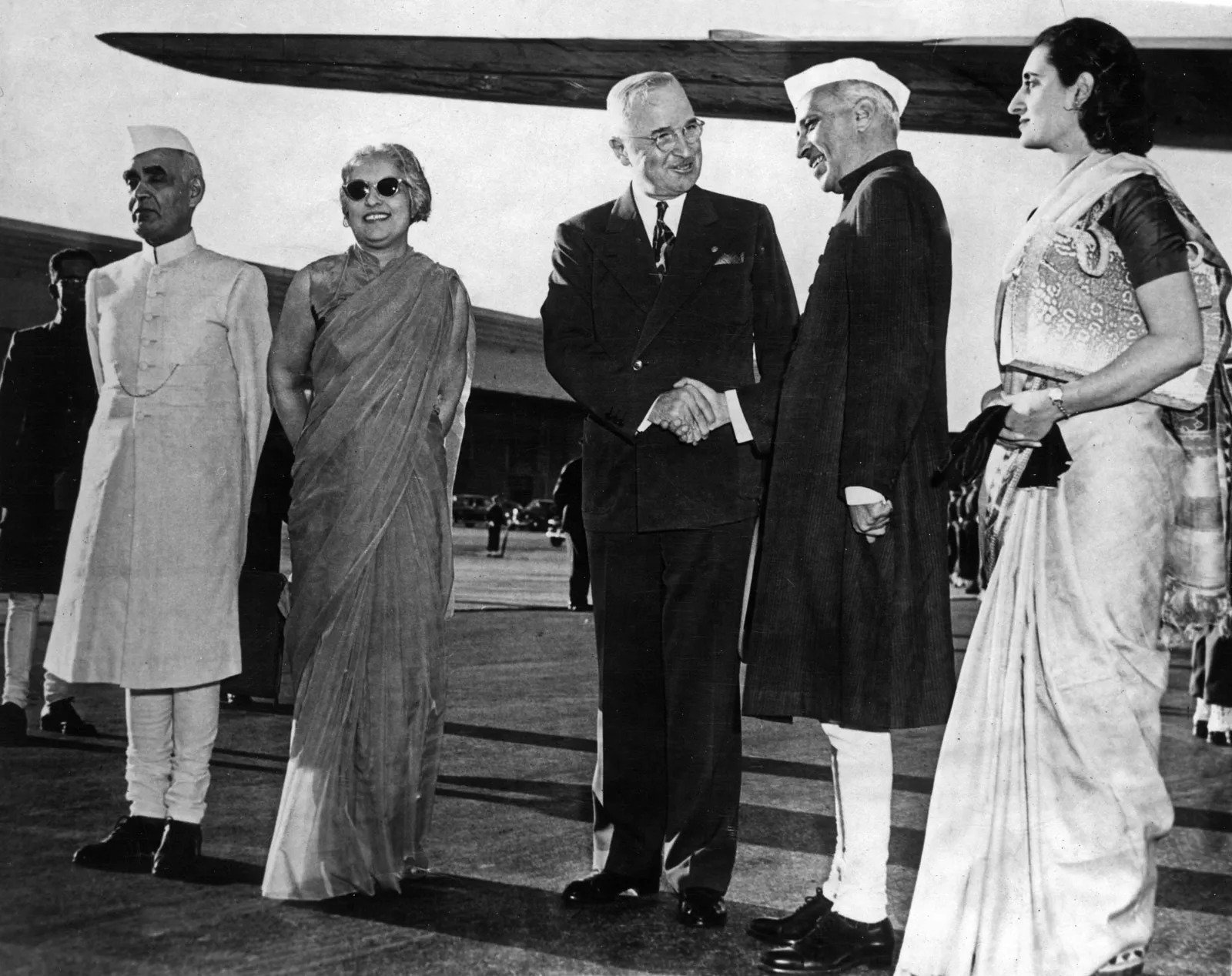
Path to Independence (1945-1947)
1945: World War II ends, weakening British economic and political power.
1946: Naval Mutiny by Indian sailors in Bombay demonstrates widespread unrest.
1947: The Mountbatten Plan proposes the partition of India and the creation of Pakistan.

Independence and Partition (1947)
August 15, 1947: India gains independence from British rule. Jawaharlal Nehru becomes the first Prime Minister of independent India. The subcontinent is partitioned into India and Pakistan, leading to massive migrations and communal violence.
This timeline highlights key events and movements that collectively led to India's independence, showcasing the resilience and unity of the Indian people in their struggle for freedom.
National Animal of India
Magnificent tiger
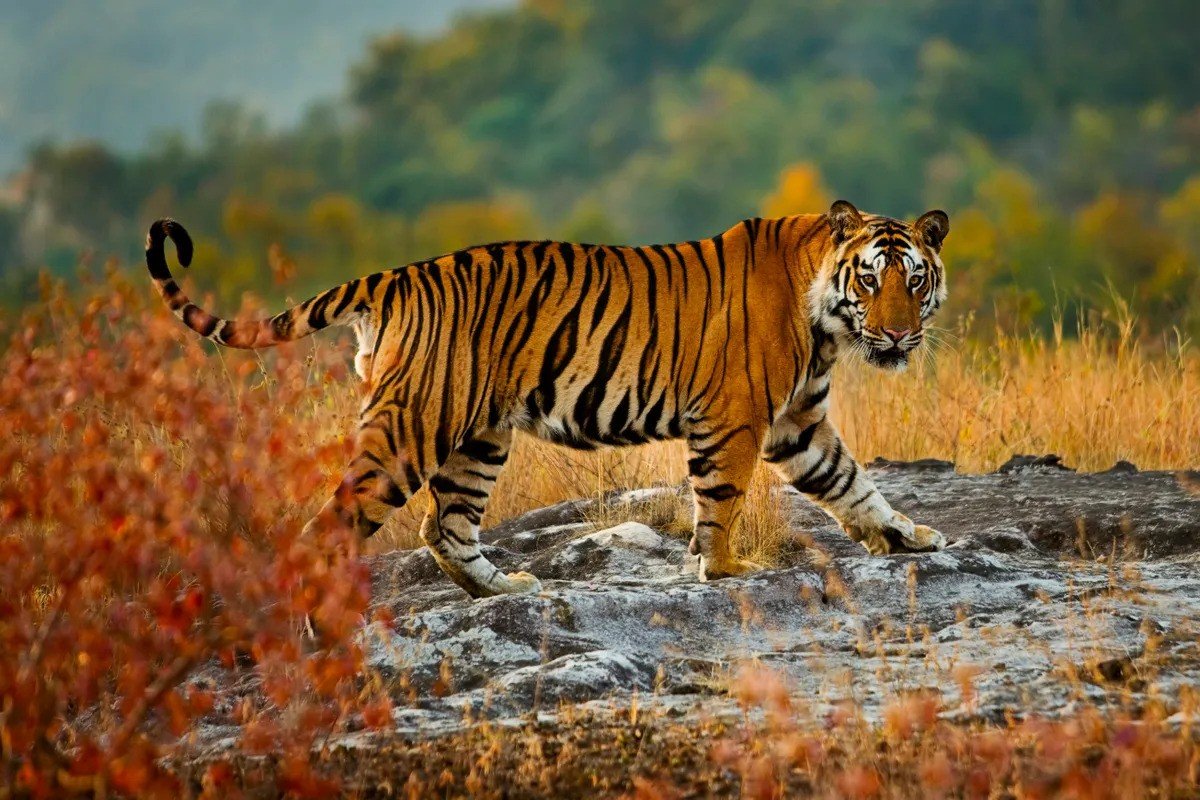
The magnificent tiger, Panthera tigris is a striped animal. It has a thick yellow coat of fur with dark stripes. The combination of grace, strength, agility and enormous power has earned the tiger its pride of place as the national animal of India
